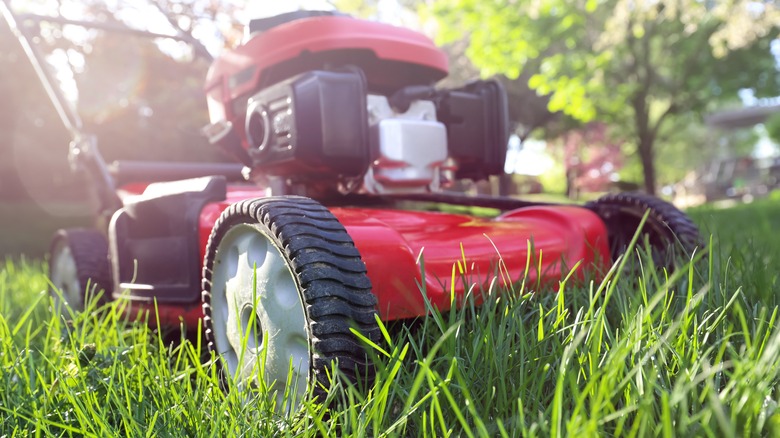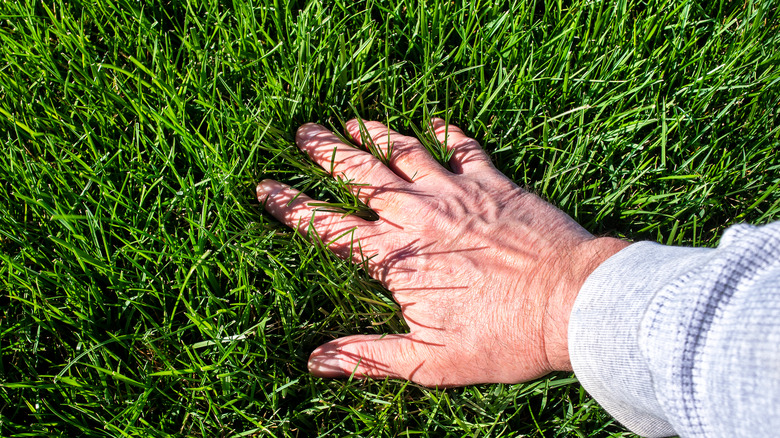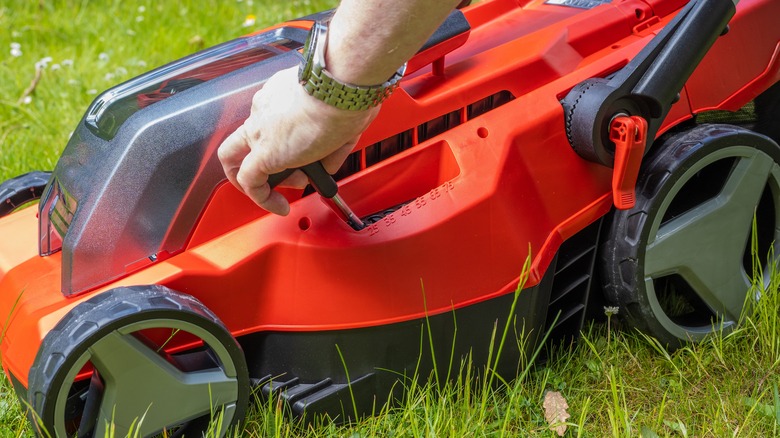How Keeping Your Grass Long Could Save You Money On Your Water Bill
Your water bill may seem like the type of utility you don't have much control over, but there are numerous simple ways to reduce this cost. Some of the easiest ways to save on your water bill include finding unknown leaks and taking shorter showers. When you are watering your lawn, though, consider how much water you're spraying across the grass, much of which will just evaporate over time. If you stop cutting your grass as often, allowing it to grow a bit longer than you may be used to, you could create an effective way of reducing the amount of watering it needs, therefore saving you money on your water bill.
Consider how much water you're spraying onto your lawn. Many lawns require about an inch or more of water each week to grow well. That means for each square foot of lawn, you need just over a half gallon of water on a hot day. That smaller backyard could require 50 or more gallons of water to keep it hydrated.
You don't have to give up on having the greenest lawn on the block (though that's not always a bad thing!) Instead, just let your grass grow a bit longer to allow more shade to reduce evaporation.
A taller lawn reduces water evaporation
There are numerous ways to reduce how much you're watering your lawn, including using a timed sprinkler or monitoring rainfall. However, keeping your lawnmower put away for a few extra days can make a big difference. Instead of cutting your grass every week on the same day, wait until the grass is taller. Aim for two to three inches in height before you attempt to cut it.
Doing so allows for the taller grass to create a bit of shade. That shade, even at just a few inches in height, helps to protect the soil from the sun's ability to dry it out. By reducing evaporation of the water, you don't need to water the grass as often, but you're not sacrificing the moisture the grass needs to do well.
It's never beneficial to water your lawn just because it's a routine. Don't water just because it hasn't rained. Instead, test the soil to find out if it's truly dry. If not, don't water. A good tip for knowing when to water is to simply walk across your lawn. If you look back and see footprints, the grass is frail enough to be damaged by your weight. That means your grass needs to be watered. If it springs back up in a few moments, it's wet enough to skip watering. This tip, coupled with letting the grass get longer, means you can likely cut down on how frequently you need to turn the sprinkler on.
Raise the lawn mower blade
The next step to further reduce the risk of watering too often is to raise the blade on your mower. Let's say that your grass doesn't grow evenly throughout the yard. Some areas may grow faster than others thanks to more water access or better soil. Keeping the mower blade higher allows you to still clean up the lawn from those areas that grow much faster than those that do not. You get those impressive lawnmower lines and the clean, even look of a freshly cut lawn, but you're not cutting it too low. Remember, that lets shade protect the soil from evaporation.
This is especially beneficial when conditions are dry. If you cut your grass too short during a dry spell, that's going to stress the blades too much, forcing them to work harder. As they do, they need more water to sustain their growth and recovery. By keeping the lawn mower blade higher, especially during the hot, dry months of late summer and early fall, the grass doesn't grow extensively and, therefore, doesn't demand nearly as much water.
Also, note that you shouldn't stop watering your lawn in the winter, but you may be able to reduce how frequently you water at this time as your grass enters the dormant period. During the warmer days, your grass still needs moist soil to thrive.


